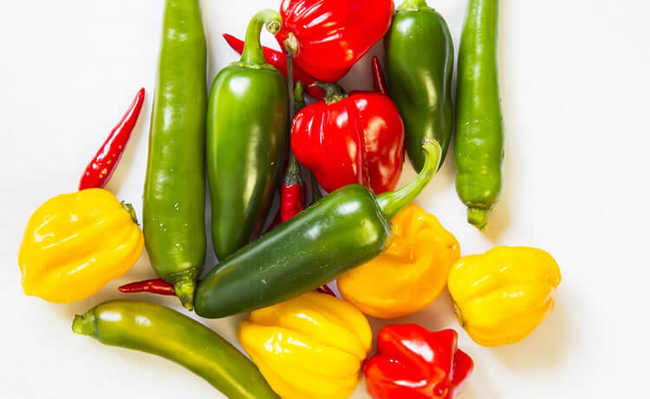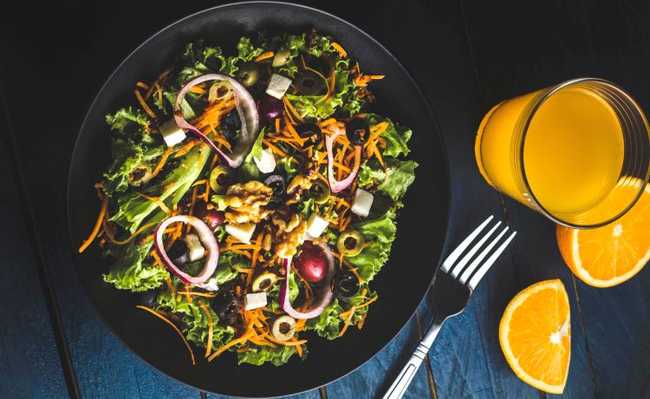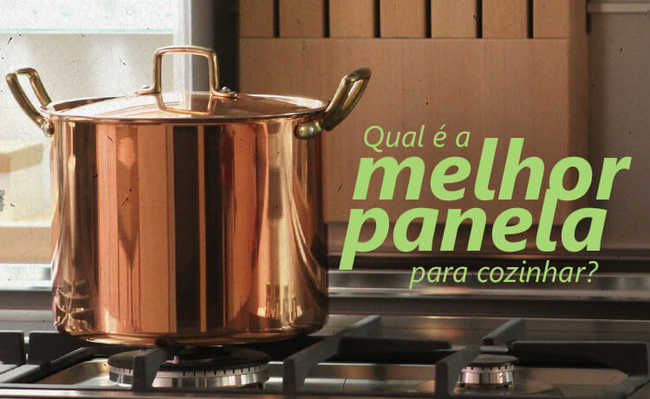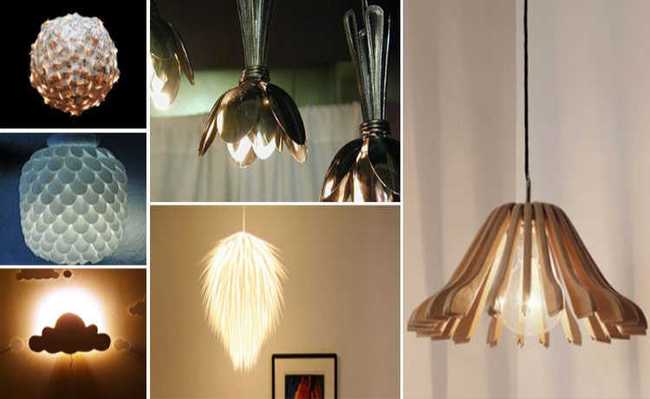PLA plastic: biodegradable and compostable alternative
PLA plastic is biodegradable, recyclable, biocompatible, compostable and bioabsorbable, but only under ideal conditions

What is PLA plastic
PLA (also called PDLA, PLLA), or better said, polylactic acid, is a thermoplastic synthetic polymer that has been replacing conventional plastics in several applications. To give you an idea, it can be used in food packaging, cosmetic packaging, plastic market bags, bottles, pens, glasses, lids, cutlery, jars, cups, trays, plates, films for the production of tubes, printing filaments 3D, medical devices, non-woven fabrics and more.
It has this name because it is formed by several repeating chains of lactic acid (organic compound with mixed function - carboxylic acid and alcohol). This acid is one that is produced by mammals (including us humans) and can also be obtained directly by bacteria - in this case, the process is a little different.
In the PLA production process, bacteria produce lactic acid through the fermentation process of starch-rich vegetables, such as beetroot, corn and cassava, that is, it is made using renewable sources.
But we cannot confuse it with starch plastic, known as thermoplastic starch, because in the PLA production process, starch is used simply to reach lactic acid. Unlike thermoplastic starch plastic, which has starch as its main raw material. Of these two types, PLA is advantageous because it is more resistant and looks more like a normal plastic, in addition to being 100% biodegradable (if it has ideal conditions).
When did PLA plastic appear?
Researchers Carothers, Dorough and Natta first synthesized PLA in 1932. Initially, it was not a successful task, as the mechanical properties of the material were not considered satisfactory. It was with this in mind that Du Pont synthesized a new PLA with better mechanical properties and patented it, but there was another disadvantage: this new type reacted with water. So it wasn't until 1966, after Kulkar demonstrated that material degradation could happen. in vitro and be better observed in laboratories, that there was real interest in its application, mainly in the medical field.
Even so, PLA with good mechanical properties has two inconvenient characteristics: low impact strength and high temperature resistance. To reduce its brittleness, organic plasticizers such as glycerol and sorbitol are used. But it is also possible to insert natural fibers or produce blends (mechanical mixing of different plastics where there is no chemical reaction between them) to improve these aspects.
US standards ASTM 6400, 6868, 6866; the European EN 13432 and the Brazilian ABNT NBr 15448 allow that, after mixing PLA with other plastics to improve its quality, up to 10% of the final mass of the material is non-biodegradable.
Marketplace
In Brazil, one of the main distributors of PLA plastic is Resinex, which belongs to the Ravago group, a global service provider for the polymer industry. The other is Naturework, which distributes the PLA produced by the company Ingeo, which also belongs to Naturework.
Another large manufacturer is Basf, a global German chemical company and world leader in the chemical area, founded in 1865.
Benefits
PLA plastic has very advantageous characteristics. In addition to being a compostable plastic, it is biodegradable, mechanically and chemically recyclable, biocompatible and bioabsorbable.
In addition, it has adequate shelf life for most uses in disposable packaging and is obtained from renewable sources (vegetables).
Compared to conventional plastics, such as polystyrene (PS) and polyethylene (PE), which take from 500 to 1000 years to degrade, PLA wins by leaps and bounds, as its degradation takes from six months to two years to happen. And when it's properly disposed of, it turns into harmless substances because it's easily degraded by water.
When small amounts of PLA pass from packaging to food and end up in the body, they pose no risk of harm to health, as it is converted into lactic acid, which is a safe food substance that is naturally eliminated by the body.
Due to these characteristics, it has been widely used in medical interventions, replacing metal implants. PLA plastic implants cause less inflammation, avoid stress overload on the fractured organ and the need for a second surgery to remove it from the material.
It is also a better alternative to traditional plastic bags, which are made from plastic from non-renewable sources by burning fossil fuel.
Disadvantages
It is great that PLA plastic has the possibility of being biodegraded, but this is not always possible. For proper degradation to occur, PLA plastic disposal must be done correctly. This implies that the material is deposited in composting plants, where there are adequate conditions of light, humidity, temperature and the correct amount of microorganisms.
Unfortunately, most Brazilian waste ends up in landfills and dumps, where there is no guarantee that the material will biodegrade 100%. And worse, usually the conditions of dumps and landfills make the degradation to be anaerobic, that is, with low oxygen concentration, causing the release of methane gas, one of the most problematic gases for the imbalance of the greenhouse effect.
Another unfeasibility is that the production cost of PLA products is still high, which makes the product a little more expensive than conventional ones.
And as we have already seen, Brazilian, European and American standards allow the mixing of PLA with other non-biodegradable plastics to improve their characteristics and, even so, qualify as biodegradable.
Furthermore, a study published by Unicamp showed that, of all forms of recycling (mechanical, chemical and composting), composting is the one that produces the greatest environmental impacts. Chemical recycling came in second and mechanics proved to have less impact.
How do I dispose of my PLA plastic?
As Brazilian landfills and dumps are not suitable for composting, one way to reduce damage is to send materials made with PLA plastic to places where the methane produced can be captured and reused.










